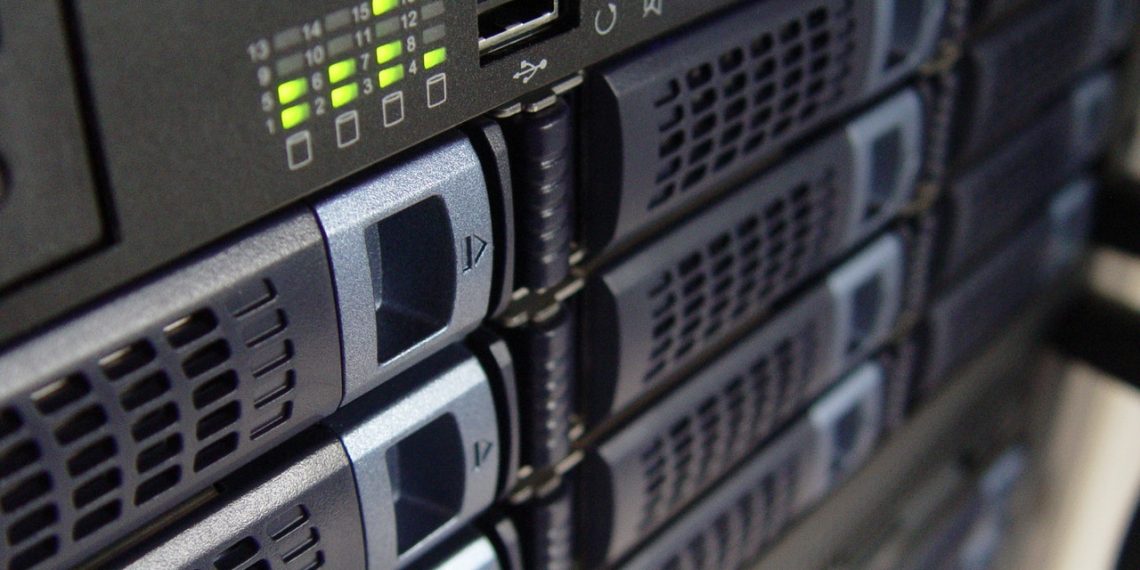Altibase is gaining a lot of popularity among the popular companies and government organizations due to its high-performance database. The popular reason for its preference over a disk-resident database is that its in-memory capabilities ensure high transaction rate per second. It provides low and predictable response times.
Because of the hybrid architecture of Altibase, it is possible to utilize memory tables and disk tables for high performance and economical storage respectively. This also helps to ensure the maximum utilization of a server’s resources and contributes to reducing TCO.
Altibase’s in-memory database helps enterprises to gain competitive advantages. Due to the utilization of in-memory capabilities, Altibase offers advantages such as throughput, latency, and predictability in comparison to its disk-resident peers. In earlier times, in-memory databases were not the common choice for most of the enterprises because of their high-cost and low-storage capacity of RAM. Due to the availability of in-memory databases, the transaction speed has increased by 10 times.
And most of the vendors are now going for hybrid databases of Altibase. The DBMS system has combined in-memory and disk storage into a single database product to ensure a high level of customer satisfaction. Recently, Korea Airports Corporation (KAC) adopted Altibase’s DBMS to ensure airport traffic control. And POSCO, the steelmaker made use of Altibase’s in-memory database and managed to reduce its TCO by 60%. Samsung electronics is another firm which adopted the databases for its presence service. And CoreDAX, the cryptocurrency firm also went for Altibase’s in-memory database to manage its IT functions.


